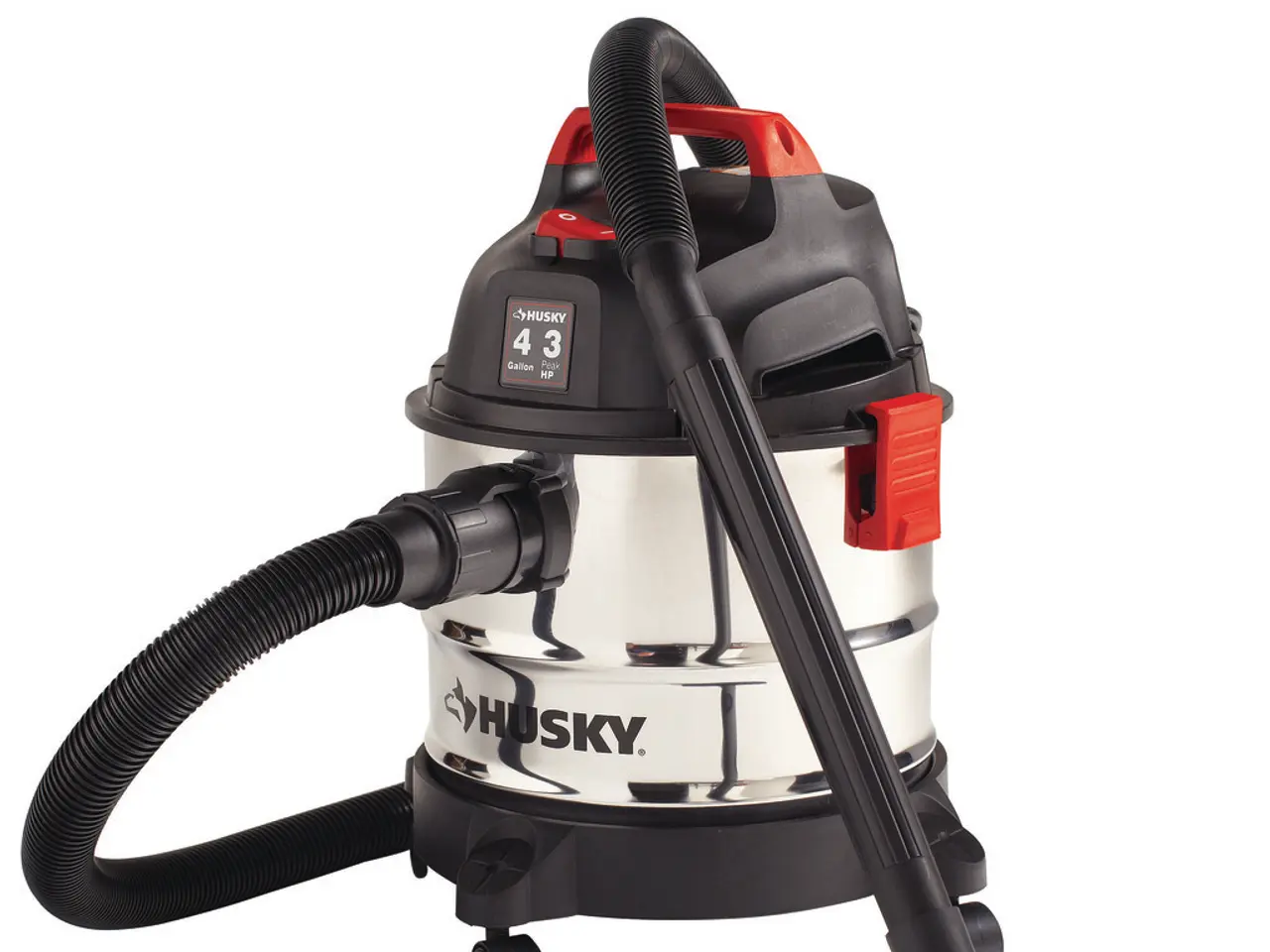Affordable Air Purification: Empowering Homeowners to Create Purer Environments
In a recent study, DIY air cleaners have been found to be as effective as small commercial air cleaners in reducing fine particle concentrations, providing an affordable solution for those affected by wildfire smoke.
These homemade air cleaners can be constructed using a box fan and a high-efficiency home air filter, such as a MERV 13 filter. The Environmental Protection Agency (EPA) recommends using a newer box fan (2012 model or newer) equipped with safety features like fused plugs and thermal cutoffs for safe construction and operation.
The research, which tested five different commercial electric box fan models using the basic DIY air cleaner design, found that DIY air cleaners with MERV 13 filters can significantly reduce indoor particulate matter, including PM2.5 from wildfire smoke. This makes them comparable in performance to some commercial air purifiers on a cost-per-performance basis.
However, it's important to note that the effectiveness of DIY air cleaners depends on correct assembly and appropriate use. For instance, DIY air cleaners with dirty filters loaded with smoke or dust are almost completely ineffective, so it's crucial to replace dirty filters regularly.
Safety considerations were also addressed in the study. DIY units rely on standard box fans and filters, which generally pose low safety risks if components are certified. However, users should ensure fan motors do not overheat due to filter resistance and maintain proper fan operation. Using fans with safety features such as thermal cutoffs improves safety.
In terms of limitations, DIY air cleaners primarily filter particulate matter and do not remove gaseous pollutants present in wildfire smoke. Also, filtration efficiency for ultrafine particles (<0.1 micron) may be lower, though MERV 13 filters perform well for most PM2.5 size ranges common in wildfire smoke.
The EPA and various organisations have provided instructions for creating DIY air cleaners. The agency also has ongoing research efforts to evaluate the effectiveness of air cleaners in removing smoke volatile organic compounds (VOCs) in laboratory studies and assess the real-world effectiveness of DIY air cleaners.
Meredith Bauer, Assistant Director of EPA Region 9's Air and Radiation Division, emphasised the importance of developing affordable air filtering options for the public, particularly for regions that have suffered from wildfire smoke for years.
In a 2021 study by Chemical Insights Research Institute (CIRI) of Underwriters Laboratories Inc., it was confirmed that none of the tested conditions presented a burn or fire risk when operating DIY air cleaners. The addition of a no-cost cardboard shroud can also improve DIY air cleaner performance by blocking recirculating air flow past the fan blade tips.
However, it's worth noting that DIY air cleaners are louder and require more power to operate compared to commercial air cleaners. Commercial HEPA air purifiers remain highly effective but at higher cost.
In conclusion, research and expert advice indicate that DIY air cleaners are a safe, effective, and affordable way to reduce indoor wildfire smoke particles if built and used properly. Users should avoid ozone-generating devices, ensure fan and filter compatibility for safety, and complement with other exposure reduction measures such as mask use outdoors. For more information about this study and to find related resources, visit Research on DIY Air Cleaners to Reduce Wildfire Smoke Indoors.
The DIY air cleaners, utilizing a combination of a box fan and high-efficiency air filters like MERV 13, can be an effective tool in the realm of health-and-wellness, significantly reducing indoor particulate matter during wildfire seasons. Moreover, these homemade solutions, when constructed safely according to Environmental Protection Agency (EPA) guidelines and maintained properly, align with the principles of environmental-science, contributing positively to our environment.




